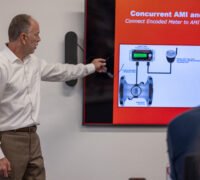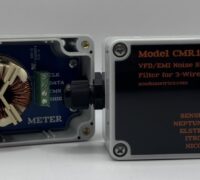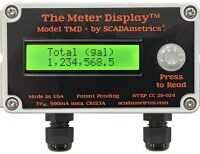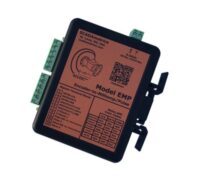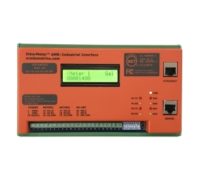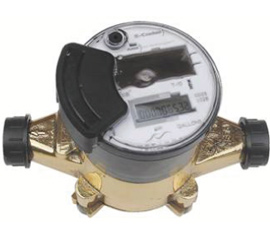A sincere thank you to Kamstrup Water Metering LLC (Cumming, GA) for the gracious invitation to their Water Meter Boot Camp (October 2025)! It was such a pleasure to shake hands and meet face-to-face with so many terrific water industry professionals — many of whom I had previously spoken with on the phone or via … Read More →
The purpose of this article is to illustrate practical techniques that will maximize the allowable distance from instrumentation to the flow meter. Maximum Allowable Distance, And How to Achieve It… Personal and customer-reported experience has shown that cable distances up to 50 feet in the absence of EMI noise sources are generally easily achieved; and … Read More →
The purpose of this article is to illustrate practical techniques that will minimize the unwanted effects of EMI (Electromagnetic Interference) upon flow meter instrumentation. Background… Personal and customer-reported experience has shown that, in the absence of proximal EMI noise sources, trouble-free flow metering instrumentation is generally achieved easily. However, occasional unique challenges still exist. The … Read More →
SCADAmetrics® is pleased to announce that the industry’s most revolutionary remote display for water meters has been made even better! – Today, we are proud to unveil our new and improved Model TMD, TheMeterDisplay™ ! Our patented Model TMD, TheMeterDisplay™ has all the same features you’ve come to know and love, such as a pass-thru port … Read More →
Beginning 10 Feb 2021, and thereafter, all Signalizers™ will ship with integrated “simulation mode” capability. While in simulation mode – regardless of whether a flow meter is attached – the Signalizer will emit a constant 12 milliamps (50%) from its 4-20 milliamp terminal; and it will also emit a continuous 1 Hz pulse from its … Read More →
METER AUTO-DETECTION INTRODUCED… North-American encoder-type water meters communicate using one of three protocol families: Neptune, Elster, and Sensus (..which is generally comprised of all makes, except Neptune and Elster). Furthermore, various meter makes/models have their own additional idiosyncrasies. In the past, there were two EtherMeter tuning parameters which often required adjustment to help the EtherMeter … Read More →
The Universal Duplexer is powered by a single, user-replaceable, made-in-the-USA, CR123A lithium cell. We presently power with either an Energizer(NYSE:ENR, St. Louis MO)-brand cell (EL123AP) or a Panasonic-brand cell. The design of the Universal Duplexer is optimized for battery efficiency. First, CMOS switching technology was leveraged to ensure that the idle-mode current draw is less … Read More →
In instances where the pulse input signal is derived from a mechanical contact (eg reed-relay pulse signals from many gas meters), it may be necessary to install a “de-bounce” filter on the pulse-input wires to remove false pulses caused by bouncing and/or arcing contacts. The capacitor value is selected based upon the expected pulse duration. … Read More →
In order to set up an EtherMeter, you will need a computer equipped with a serial port, terminal emulation software (eg HyperTerminal), and a SCADAmetrics Serial/Setup Cable. A convenient way to add a serial port to a notebook or desktop computer is with a USB-Serial Adapter. In my experience, the make/model that provides the best combination of performance … Read More →
The EtherMeter contains an RS485 port for Modbus/RTU and DF1 communications in multi-drop applications. When using the RS485 port, the following EtherMeter terminals are used: 19 – RS485A (-) 20 – RS485B (+) 21 – Signal GND Reference (contains current-limiting resistor) In order to use RS485, attention should be given to the EtherMeter’s dip switch positions: Latest EtherMeter: … Read More →
The “E-Coder” is an excellent water meter register, manufactured by Neptune Technology Group, that features an all-digital LCD display activated and powered by an integral solar cell. The register as a whole does not contain a battery, and it is entirely powered by a combination of hydroelectric energy (water passing through the meter) and the solar cell. … Read More →
Over at control.com, a PLC engineer was working to troubleshoot the connection between two PLC’s. Having done this way back when, I decided to post what I think was a pretty nifty solution. (Besides, this could be useful for troubleshooting communications between any two pieces of computer equipment, including an EtherMeter.) In my case, I had both a master … Read More →

